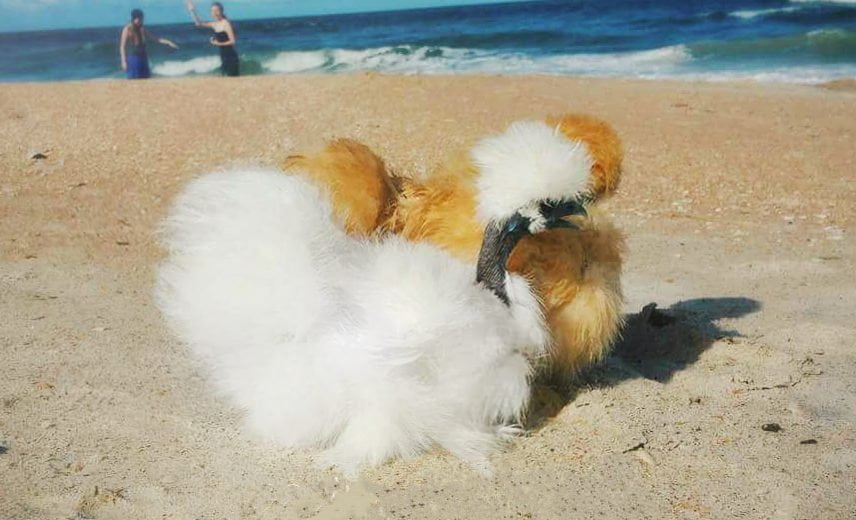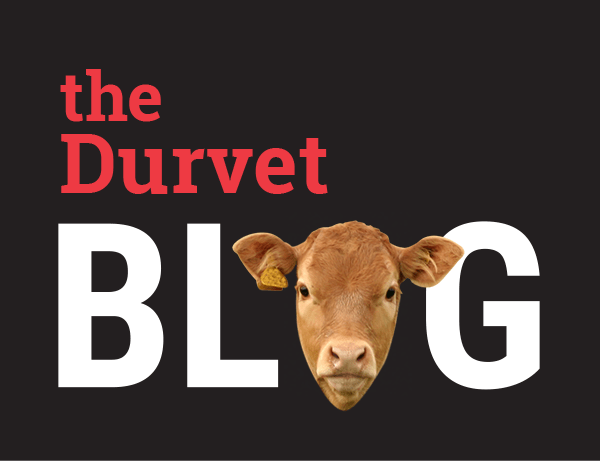
For most of us, summertime is for vacations, sandy beaches, celebrations, and beautiful weather. For the poultry enthusiast, we always have that lingering worry in the back of our mind about our chickens’ ability to endure the rising temperatures.
Chickens are no different than the rest of us in having their own ways of regulating their body temperature. However, in extreme heat (100 degrees Fahrenheit or higher), their bodies may not be able to compensate and cool themselves properly. Luckily, they have us to help them cool off during these hot summer months. A chicken’s normal body temperature has a large range and you may be surprised to find it is quite high already (104-107 degrees Fahrenheit). Our backyard poultry can stay relatively comfortable in conditions where the ambient temperature is 90-98 degrees Fahrenheit. Unfortunately, this relatively high body temperature also makes our flock more susceptible to heat stress than any other species.
You may have already noticed some changes in your chickens’ habits and effect, as the summer months’ hot weather wasted no time in making its debut this year. Maybe your hatch rate is down a tad, the growth rate in your chicks is reduced, or egg production has slowed in your hens. Not only have you been collecting fewer eggs, when your girls do lay, but their eggs also have thinner shells, and their overall egg quality just isn’t the same. These changes you see are a few of the early signs that your chickens are experiencing some heat stress. A few more immediate indications of heat stress include: squatting, wing spreading or drooping, higher than normal intake of water, watery stools, and panting.

Our chickens do not have sweat glands in their skin. They rely on their intricate respiratory system to stay cool. Not unlike dogs, chickens use panting to cool their internal body temperature. As they take air into their throat and lungs, it evaporates, causing a cooling effect. While this panting process is imperative for a chicken to cool off, during extreme heat, excessive panting causes the chicken’s body loses carbon dioxide and results in acidosis. This condition is caused by the loss of important electrolytes, causing a serious ph imbalance. Electrolytes are organic compounds contained in the fluid between cells. They also reside within the cells themselves.
These minerals are dispersed all throughout the body and create a small electrical charge. They assist in maintaining the body’s constant fluctuating water balance. Electrolytes keep your birds’ hydrated and their presence has an effect on every organ throughout the body. Modern science has allowed us to supplement these compounds, stopping electrolyte imbalance in its tracks. When supplementing the body with electrolytes, vitamins are added to the preparation to support healthy cell function and adequately restore essential mineral levels. A large number of vitamin and electrolyte preparations for livestock are packaged and labeled for the large production farmers who are treating hundreds of animals at a time. Mixing instructions may include directions on how to make a complicated stock solution, or direct you to use the entire packet for 100+ gallons of water! Durvet ® Vitamin & Electrolytes makes keeping a healthy happy, and hydrated backyard flock as simple as “one scoop” this summer.
Durvet® has seen to it that all of their Healthy Flock Products are meant for dosing your backyard flock. Durvet® Vitamin & Electrolytes supplement is packaged in a convenient 100gm bottle and the powder is simple to dispense at 1 scoop (5gm) per gallon. Not only is dosing easy, but it is also approved for use in combination with the other Healthy Flock Products by Durvet®. When the weather turns hot, our chickens turn to us to help them beat the heat. It is much harder to reverse the effect of heat stress once your chicken already has an electrolyte imbalance. Beating the heat and preventing heat stress in your flock is crucial and has never been easier. Start supplementing now and keep your birds hydrated this summer with Durvet® Vitamin & Electrolytes.


 BACK TO MAIN BLOG
BACK TO MAIN BLOG 
Comment